
 |
|
|
The Department of Electrical Engineering and Computer Science at the University of Wyoming is offering the EECS Colloquium series as a service to all who are interested in Electrical Engineering and Computer Science. Most seminars are scheduled for Monday 3:10PM -- 4:00PM in EERB 255. For help finding the locations of our seminar meetings, consult the on-line UWyo campus map. For questions about this page or to schedule talks, please contact Diksha Shukla: dshukla@uwyo.edu. Here is a list of seminar schedules. |
EECS Colloquium Schedule, Fall 2023
|
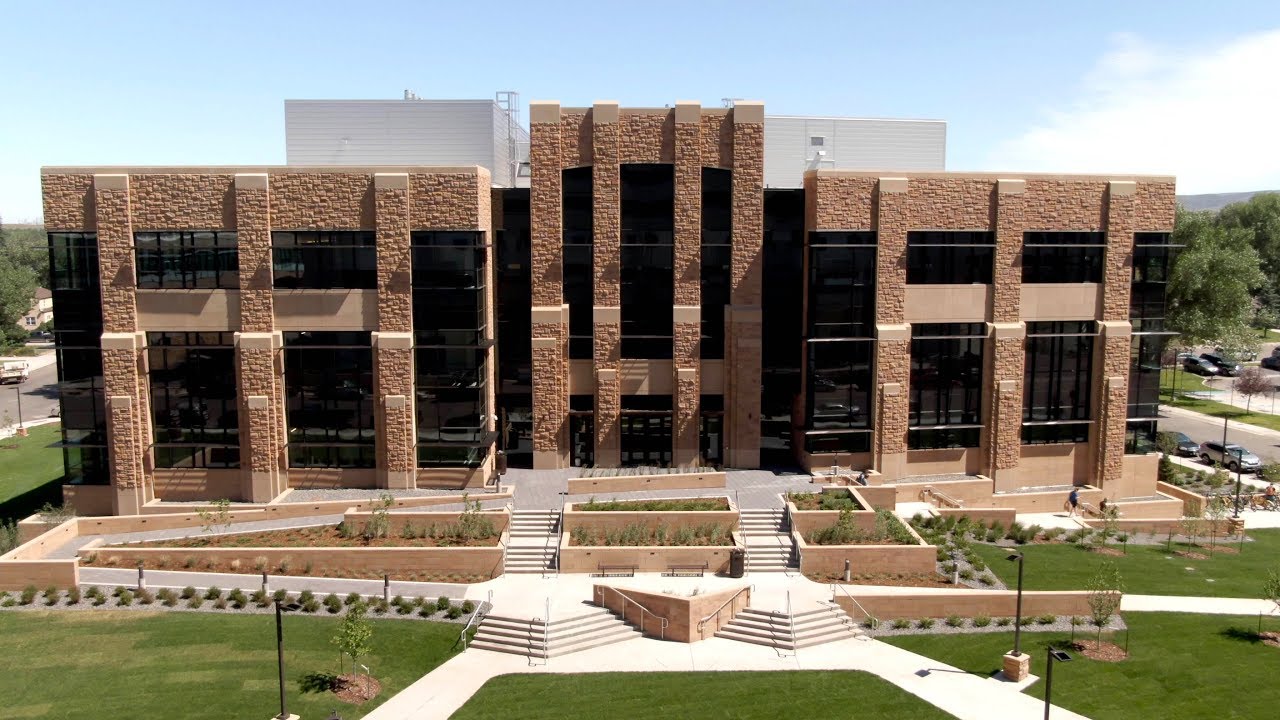
|
EECS Colloquium EECS Research Spotlight: Faculty Talks Speaker: EECS Faculty, University of Wyoming When: 3:10PM ~ 4:00PM, Monday, September 11, 2023 Abstract: Faculty members from the Electrical Engineering and Computer Science (EECS) department at the University of Wyoming (UWyo) will engage in discussions about their ongoing research projects and elaborate on the various opportunities available for students within their research groups. Bio: EECS Faculty at the University of Wyoming. |
|
|

|
EECS Colloquium Logarithmic Number Systems for Machine Learning Speaker: Dr. Mark Arnold When: 3:10PM ~ 4:00PM, Monday, September 18, 2023 Abstract: Many number systems have used for machine learning. The Logarithmic Number System (LNS) is one that is useful in applications that tolerate approximate computation, such as classification using multi-layer neural networks composed of nodes that compute a non-linear function of the weighted sum of inputs from previous layers. With supervised learning, there are two phases: training (find appropriate weights), and inference (use the weights with approximate sum of products). LNS ALUs in inference minimize area and power by being both low-precision and approximate. However, the few works on training with LNS need accurate LNS (using tables). A novel approximate LNS ALU implemented without tables using Mitchell’s method enables the entire back-propagation training to occur in LNS, at one-third the cost of conventional fixed-point implementation. Mitchell's method often has approximated base-two antilogarithms using low-cost hardware in low-accuracy systems. Here, it approximates addition-logarithm used for the sum of values represented in LNS. Preconditioning the input to Mitchell's method improves the accuracy of addition and subtraction at lower cost. The proposed preconditioning has training performance (on the standard MNIST digit-recognition training set) with limited-precision LNS identical to that with full FP. The talk will be at the intersection of computer hardware and software. It should be interesting for both Computer Science and Electrical Engineering audiences. Bio: Mark Arnold received B.S. and M.S. degrees in Computer Science from the University of Wyoming, and was a lecturer there for two decades. He received a Ph.D. from the University of Manchester, England. and then taught at Lehigh University in Pennsylvania. He is also CTO of Arnoldware Applications, which assists people with disabilities use technology. His research interests span Computer Science and Computer Engineering. In 1975, he was one of the first developers of early personal computer software (he wrote the interpreter for the only high-level language for 8008, the world’s first 8-bit microprocessor). For four decades, he has advocated the advantages of the Logarithmic Number System. |
|
|
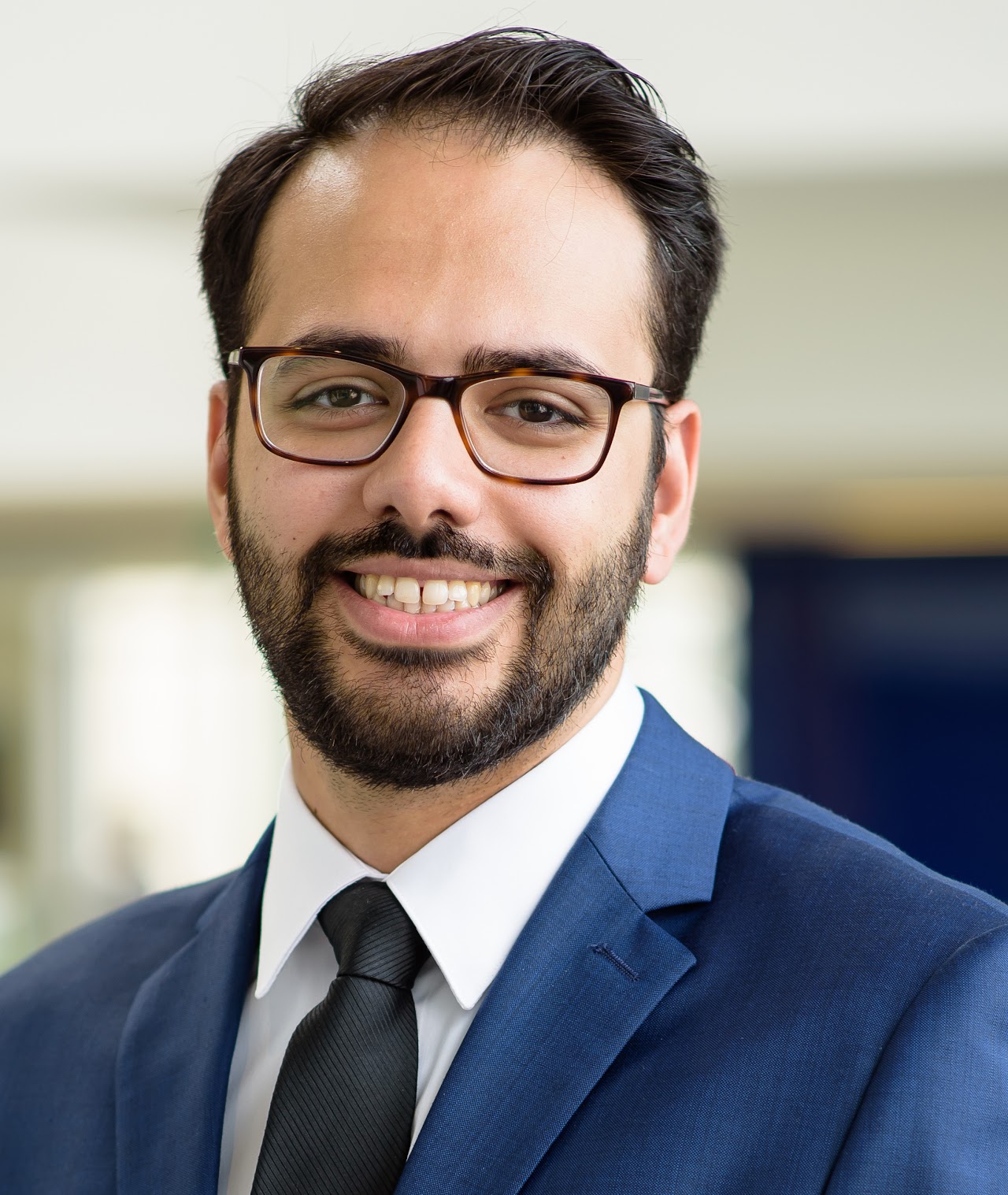
|
EECS Colloquium Evaluation of Classification Models in Limited Data Scenarios with Application to Additive Manufacturing Speaker: Dr. Farhad Pourkamali Anaraki, University of Colorado, Denver, CO When: 3:10PM ~ 4:00PM, Monday, September 25, 2023 Abstract: Scientific observations and experiments provide valuable data to build machine learning (ML) models that reveal links between input variables and quantities of interest. Specifically, adopting machine ML-based surrogate models in scientific and engineering applications can accelerate design space exploration and optimization where closed-form analytical models for complex systems are unattainable. In this talk, we present recent work on developing a novel framework that enables the generation of accurate and unbiased test loss estimates using fewer labeled samples, effectively evaluating the predictive performance of classification models in data-limited applications. Central to the framework's innovation is designing an adaptive sampling distribution, which identifies pivotal testing samples based on the dynamic interplay between learner and evaluator models. A noteworthy aspect of this adaptive distribution lies in its ability to continually recalibrate the supervisory role of the evaluator model by prioritizing inputs that exhibit disparities. Comprehensive experimental analyses on two sparse data sets from material extrusion additive manufacturing problems concerning filament and printer selection validate the framework's superiority over uniform and fixed sampling distributions. Bio: Farhad Pourkamali-Anaraki is an Assistant Professor in the Department of Mathematical and Statistical Sciences at the University of Colorado Denver (CU Denver). Previously, he was an Assistant Professor of Computer Science at the University of Massachusetts Lowell (2018-2022) and received his Ph.D. in Electrical Engineering from CU Boulder in 2017. His main research interest revolves around transitioning machine learning models from controlled lab environments to real-world settings involving unpredictable and changing conditions, such as quantifying aleatoric and predictive uncertainties. His research is currently funded by NASA and Army Research Lab (ARL) to accelerate the design and discovery of new materials in extreme conditions using cost-effective and reliable machine learning models. |
|
|

|
EECS Colloquium Challenges and Approaches for the AI Alignment Problem Speaker: Dr. Ian Davidson, University of California Davis, California When: 1:10PM ~ 2:00PM, Wednesday, October 11, 2023 Abstract: The successes of machine learning and AI have been numerous. A recent trend has been machines replacing humans at making decisions on other humans in a multitude of fields. But underlying the technological achievements of AI are simple optimization algorithms that know little of how humans make decisions. We will overview some examples of the challenge of getting AIs to make decisions that align with human values. We then discuss progress our lab has made in the area of explainable, fair and ethical AI. We will give examples from a variety of domains including medicine, defense and advertisement serving. Bio: Ian Davidson is a full professor in the department of computer science at the University of California - Davis. He was raised in Australia and obtained his Ph.D. at Monash University. The work discussed here is kindly supported by the National Science Foundation, The National Institute of Health, Office of Naval Research and Google. |
|
|
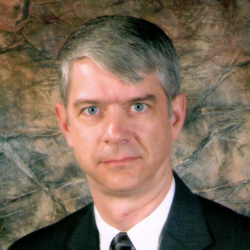
|
EECS Colloquium Cybersecurity -- what’s happening now and what can we expect to see? Speaker: Dr. Gregory B. White, University of Texas at San Antonio, TX When: 3:10PM ~ 4:00PM, Monday, October 16, 2023 Abstract: The cybersecurity field is very broad with jobs extending from the very technical to the very behavioral. If we look at the history of our efforts in the field, we can see the change from the assumption in the 1970's and 80's that if we could just produce a provably secure computer system it would solve all of our security problems to the broad spectrum of jobs encompassing the field today. Technology is constantly changing which impacts our efforts in trying to secure our systems and networks. What is the answer, or, maybe more appropriately, is there an answer. This talk will explore a few of the trends we have seen over the last 50 years in cybersecurity and will explore what the big issues are today. What is it the security professionals of today need to know and where are the big problems facing society in today’s highly networked environment? Bio: Dr. Gregory White has been involved in computer and network security since 1986. In 2010 he retired after 30 years of service in the Air Force and the Air Force Reserves having served in a number of cybersecurity related positions. He obtained his Ph.D. in Computer Science from Texas A&M University in 1995 with his research in the area of computer network intrusion detection. He is currently the Director of the Center for Infrastructure Assurance and Security (CIAS), part of the National Security Collaboration Center (NSCC) at The University of Texas at San Antonio where he also serves as a Professor of Computer Science. His instructional interests include courses in computer security as well as game design and programming. Dr White was the lead on the first community cyber security exercise, known as Dark Screen, and has been involved in dozens of other computer security exercises at the state, local government, and sector levels and has also participated in the early Cyber Storm national cyber security exercises. His work with cyber security exercises led to the development of the Community Cyber Security Maturity Model (CCSMM) which serves as a roadmap for states and communities to develop their own viable and sustainable cyber security programs. He currently has a grant with NSA to utilize this model in establishing whole-community cybersecurity programs. In 2005, Dr White directed the development of the National Collegiate Cyber Defense Competition, the largest collegiate cyber security competition of its kind. Dr White is also active at other levels in cyber security education and wrote the concept of operations for the CyberPatriot High School and Middle School Cyber Defense Competition and is one of the founding partners of the program. UTSA continues to provide the technical products and the competition environment for CyberPatriot. In 2015 the CIAS was selected to be the Standards Organization for the nation’s Information Sharing and Analysis Organizations (ISAO) and Dr. White serves as the Executive Director for this office. He served as the first chair of the National Cybersecurity Preparedness Consortium (NCPC) and is active with the consortium serving as a principal member. Dr. White has written and presented numerous articles and conference papers on cyber security. He is also the co-author for six textbooks on computer and network security including several certification exam books, and chapters for two other books. Dr. White continues to be active in security research. His current research interests include efforts in infrastructure protection, K-12 cybersecurity instruction, the use of games in cybersecurity education, and methods to detect and respond to computer security incidents in states and communities. |
|
|

|
EECS Colloquium Usability-Driven User Authentication in Virtual Reality for Enhanced Security Speaker: Paul Sansah Gyreyiri, Ph.D. Student, Computer Science, EECS, University of Wyoming. When: 3:10PM ~ 4:00PM, Monday, October 23, 2023 Abstract: In recent years, Virtual Reality (VR) technology has metamorphosed from a mere gaming platform to encompass a wide range of everyday activities such as conferences, business meetings, therapy sessions, education, and shopping. Its integration into crucial domains such as the military, education, and healthcare has drawn increased attention to the security of these VR systems and their environments. A key aspect of VR security is user authentication on these platforms and on various immersive applications. This talk delves into the authentication techniques currently employed in VR, explores associated vulnerabilities, and underscores the need for innovative approaches. The talk will introduce behavior biometrics as a user-friendly approach for user verification in immersive virtual world. Behavioral biometrics holds the potential to enhance the security and usability of VR technology, ensuring a secure integration into various real-world applications. Bio: Paul Gyreyiri is a highly motivated individual passionate about emerging cutting-edge technology. He holds a Bachelor of Science in Computer Science and Engineering, a solid foundation for his journey into Computer Science. With a background as a software developer, Paul gained hands-on experience crafting innovative software solutions. He is currently advancing his knowledge in the field of Computer Science as a graduate student at the University of Wyoming. Paul is associated with the Secure Sensing and Learning Research Lab, where his research focuses on Security of Virtual Reality (VR) technologies. His work primarily centers around behavior biometrics, and machine learning to enhance security measures for VR environments. |
|
|
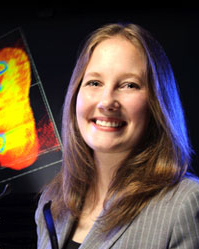
|
EECS Colloquium Creative XR - Interactive Realities and Creative Spatial Technologies Speaker: Dr. Amy Banic, University of Wyoming, Laramie, WY. When: 3:10PM ~ 4:00PM, Monday, October 30, 2023 Abstract: Extended Reality (XR), consists of Virtual, Augmented, and Mixed Reality (VR/AR/MR) where users interact with 3D spatial content immersed or augmented with visual, auditory, tactile, gustatory, and olfactory cues. So much of understanding human perception, movement, abilities, and limitations coupled with the design of the visual and illusionary cues, input devices, interaction techniques, registration, tracking, and output to our sensory channels influence how we, as humans, use, explore, and engage with immersive systems through 3D User Interfaces and Interaction (3D UI). 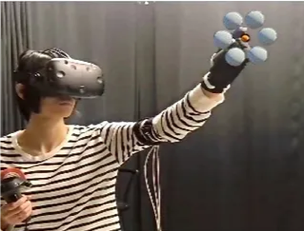
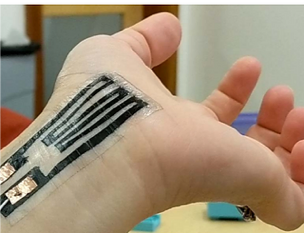
 Amy Banić’s passion is to explore Creative Spatial Technologies for 3D User Interfaces and Interaction with Immersive Systems to understand how we interact better, are more engaged, or in more interesting ways with these systems to further improve learning, health, creativity, and workflow. This talk will present past and present research which she has supervised or collaborated on in the context of three areas fueling this passion: (1) understanding human abilities and designing techniques to positively influence human movement and interaction; (2) designing creative technologies for spatial interfaces, and; (3) exploring creative modalities for expression. Banic will discuss novel inputs and interfaces as well as ways to spatially connect ourselves and our environment with varying visuospatial fidelity. As this talk develops, challenges and future research potentials will be discussed. The goal of this talk is to provide samples of research, to inspire ideas, to foster potential collaborations and provide a vision of future research in Creative XR for Visual Computing and Interaction with Immersive Systems. Bio: Amy Banić is currently an Associate Professor in the Electrical Engineering and Computer Science Department at the University of Wyoming (UW) in Laramie, WY. Her research focuses on the design of 3D User Interfaces and Devices for Virtual / Augmented / Mixed Reality (XR) Environments, Immersive Visualizations, and Virtual Humans. Banić’s educational background is rooted in the intersection of design, visual computing, computer graphics, human-centered computing, and immersive technologies. Banić has a B.S. in Computer Science and B.A. in Studio & Digital Arts from Duquesne University in Pittsburgh, PA. In 2008, she earned her M.S. and Ph.D. with the mentorship of IEEE Virtual Reality Career awardee Larry Hodges at the University of North Carolina at Charlotte. She completed a Postdoctoral Fellowship at Clemson University’s School of Computing. She then joined the University of Wyoming in 2010. She recently spent a productive sabbatical at the ATLAS Institute at CU Boulder. At UW, she is the Director of the Interactive Realities Research and Teaching Laboratory. Her research has been funded by National Science Foundation, Battelle Energy Alliance, National Institutes of Health, Wyoming INBRE IDeA Networks for Biomedical Research Excellence, and Small Business Innovation grants. She has partnered with government laboratories such as INL and National Center for Atmospheric Science (NCAR) as well as industry, such as Ericsson Mobile, and start-up companies in Laramie. Banić is active in the XR research community. She was a keynote speaker for the Workshop on Novel Input Devices and Interaction Techniques (NIDIT) in 2021. She served as general chair for the 3rd ACM Symposium on Spatial User Interaction in 2015 and general co-chair for the Rocky Mountain Celebration of Wyoming in Computing Conference in 2013. She organized multiple workshops and tutorials on interactive and volumetric immersive visualizations. She continuously has served in various roles for the IEEE Virtual Reality and 3D User Interfaces Conferences since 2003. She has taught courses to students spanning multiple backgrounds in computing, design, art, and other disciplines. Example courses include but are not limited to are Introduction to Virtual and Augmented Reality, Creative Spatial Interfaces, Human-Computer Interaction, Computer Animation, UI/UX Design, and Innovation and Entrepreneurship. Contact: [Reach out at abanic@uwyo.edu or Learn more: Banic Google Scholar Page: https://tinyurl.com/AmyBanic] |
|
|
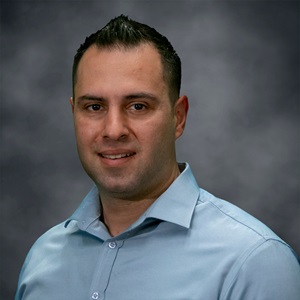
|
EECS Colloquium Do Programs Dream of Electromagnetic Signals? Scalable Side Channel-based Anomaly Detection for Embedded Devices through a Code-to-Signal Synthesis Framework Speaker: Dr. Constantinos Kolias, University of Idaho, Idaho Falls, ID When: 3:10PM ~ 4:00PM, Monday, November 06, 2023 Abstract: The analysis of EM signals has gained traction as a means for achieving non-intrusive anomaly detection, particularly in the realm of embedded devices. Previous efforts have shown huge potential in terms of discriminative precision between those signals that correspond to normal versus anomalous operations. However, virtually all research in the area neglects the challenge of gathering high-quality signals for the purpose of fingerprinting all possible execution paths of a program. Since such efforts are human-driven and there may be hundreds of alternative paths even in simple programs, EM-based anomaly detection approaches exhibit poor scalability. In this work, we introduce a set of methods for the generation of EM signals directly from code. To the best of our knowledge, this is the first effort that aims to address code-to-signal synthesis for purposes of side-channel analysis. The proposed framework is based on Generative Adversarial Networks (GAN) that receive the corresponding assembly (ASM) code of a program as input and in turn produce artificial signals which bear near-identical morphological characteristics as the corresponding real EM signals. Although the proposed method pertains across a wide range of applications, we have evaluated our approach specifically for the task of training anomaly detection. We experimentally showed that synthetic signals can train models that can then detect even stealthy code injection attacks i.e., very challenging minimal code alterations with great accuracy. More specifically, ``synthetically trained" anomaly detection models achieve a near-perfect AUC score of 0.993 for the detection of four malicious instructions and 0.981 for the detection of two malicious instructions. Bio: Dr. Constantinos (Costas) Kolias joined the Computer Science Department at the University of Idaho in the Fall of 2018. Before that, he served as a Research Assistant Professor under the supervision of Prof. Angelos Stavrou, in the CS Department at George Mason University. He received his Ph.D. in 2014 from the University of the Aegean under the supervision of Prof. Georgios Kambourakis. His main research interest revolves around security and privacy for the Internet of Things networks, critical infrastructures, and energy systems. He is also active in the design of intelligent Intrusion Detection Systems (IDS) primarily through the use of side-channel analysis. Dr. Kolias promotes a novel code-to-analog-signal synthesis framework that relies on generative AI methods. Through this approach, it will become possible to test software implementations for side-channel leakage completely offline and at scale. Dr. Kolias also conducts research in the security of wireless network technologies. In 2015 he created and released the first wireless dataset specifically intended for research in wireless security, namely the AWID dataset. Today, AWID has been downloaded and used as a benchmark by hundreds of organizations and universities. Dr. Kolias aims to introduce a comprehensive set of methods based on principles of Domain Adaptation for synthetically generating network traces that are targeted to specific applications and networks. Contact: Website: https://ckolias.com; Email: kolias@uidaho.edu; LinkedIn: https://www.linkedin.com/in/constantinos-kolias-7bb30813 |
|
|
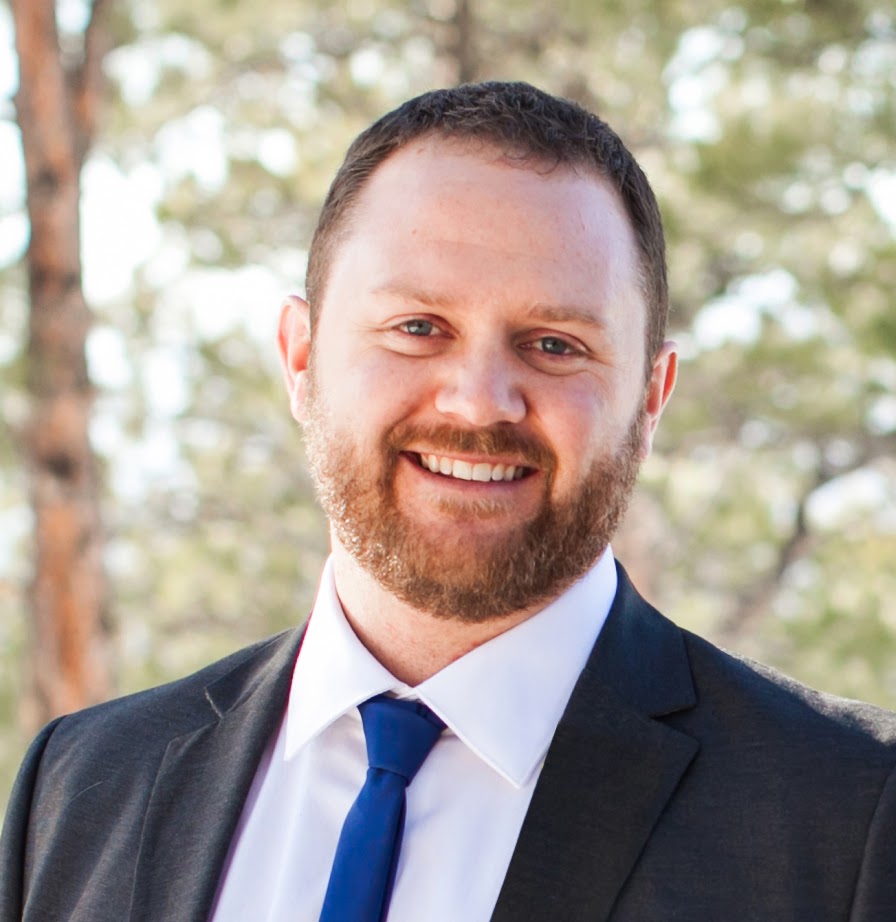
|
EECS Colloquium Consensus dynamics: past, present, and future Speaker: Dr. Dane Robert Taylor, University of Wyoming, Laramie, WY When: 3:10PM ~ 4:00PM, Monday, November 13, 2023 Abstract: Models for consensus---that is, the reaching of agreement among individuals, animals, or computational algorithms---have been proposed to address a wide range of scientific questions and engineering challenges. Notable examples include models for how group decisions are made within social networks, how groups of animals collectively navigate their environment, and how decentralized machine-learning algorithms efficiently train on dispersed data. In this presentation, I will discuss the important role that network structure plays in shaping consensus dynamics, including its effect on the convergence rate and potential bias for the resulting consensus state. Motivated by emerging technologies in which decisions are collectively made by human-AI teams, I will present a generalized model for consensus over a multilayer network in which a social network is supported by a network of AI agents. The model allows these two network “layers” to coordinate at different timescales and to be asymmetrically coupled. I will present theory for how these properties impact whether collective decisions are obtained optimally fast (i.e., at a maximal convergence rate) and cooperatively (i.e., the resulting consensus state reflects the initial states of both network layers). Time permitting, I will discuss a second generalization for consensus that allows for higher-order, multiway interactions, contrasting most existing models in which interactions are restricted to being pairwise (i.e., dyadic). Bio: Dane Taylor received a PhD in applied mathematics from the University of Colorado, Boulder in 2013. Before joining the University of Wyoming in 2023, Dr. Taylor held positions at the Statistical and Applied Mathematical Sciences Institute (2013-2015), the University of North Carolina at Chapel Hill (2015-2017), and the University at Buffalo, SUNY (2017-2023). Dr. Taylor has published over 35 papers on network modeling for data science and dynamical systems and has been the main organizer for interdisciplinary events including the Northeast Regional Conference on Complex Systems and the SIAM Workshop on Network Science. |
|
|
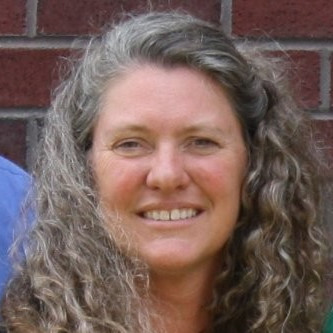
|
EECS Colloquium Keeping the Lights On during the Energy Transition Speaker: Dr. Cynthia Bothwell, Wind Energy Technologies Office at U.S. Department of Energy. When: 3:10PM ~ 4:00PM, Monday, November 20, 2023 Abstract: Renewable generation is transforming the electricity sector, a sector that had been stable for over 40 years. Initial integration of weather dependent generation technologies such as wind and solar generation was trivial; however, there are emerging system challenges where aggressive renewable policy incentives and declining costs have motivated higher penetration to critical levels. Dr. Bothwell’s research, prompted by challenges that she experienced firsthand in the electric utility industry, focuses on a systems perspective to investment in electricity generation infrastructure that meets policy objectives for increased renewable generation while maintaining reliability standards in a manner that is economically efficient. How much are wind and solar worth to the system? Can they be relied on in a time of need? Each stakeholder has a different opinion. Much can be learned from the diverse perspectives, yet the actual interactions within the system tell a more complete story. Dr. Bothwell will explain how policy can result in unintended consequences and suggest solutions for mitigation. She will demonstrate why wind and solar generation require more data and enhanced methods over traditional models. Finally, she will give a tour of active research sponsored by the Federal Government. Bio: Dr. Cynthia Bothwell is a Grid Integration Engineer and Technology Manager supporting the U.S. Department of Energy’s Wind Energy Technologies Office Systems Integration Team. She has been engaged in renewable research for the past 10 years. Prior to that, Dr. Bothwell worked 25 years in technical and managerial roles for electric utilities. She directed the Integration Resource Planning (IRP) Department at Public Service Company of New Mexico (PNM), responsible for developing the first of its kind IRP incorporating renewable and energy efficiency goals while implementing a robust stakeholder process. She was also responsible for new generation procurements including renewables and gaining regulatory approvals. She has also had technical roles at various utilities in transmission planning, distribution planning, and field engineering. Cynthia also has three years of teaching experience: statistics at Stevenson University, management science at University of Maryland Baltimore County, and topics in energy economics, optimization, and renewable integration at Johns Hopkins University. Cynthia holds a Ph.D. from Johns Hopkins University, where her research focused on resource adequacy and the optimization of high penetration renewables on the electric grid. She also holds an M.S. from John’s Hopkins in Environmental Engineering, an M.S. from New Mexico State University in industrial engineering, an M.S. from the University of New Mexico in statistics, an MBA from Edgewood College, and a B.S. in Electrical Engineering concentrating in power systems from the University of Illinois- Champaign/Urbana. She is a registered Professional Engineer and a senior member of the Institute of Electrical and Electronics Engineers (IEEE). Contact: LinkedIn: https://www.linkedin.com/in/cynthia-bothwell-phd |
|
|
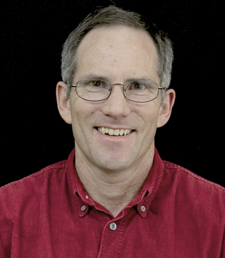
|
EECS Colloquium Pose Estimation Using a Sequence of Convex Optimizations Guaranteeing Positive Depths Speaker: Dr. John E. McInroy, University of Wyoming, Laramie, WY. When: 3:10PM ~ 4:00PM, Monday, December 04, 2023 Abstract: One application of pose estimation is for maintaining space situational awareness (SSA). For SSA, it is necessary to continuously observe objects of interest in Earth orbit. These objects, which are denoted resident space objects (RSOs), include active satellites, space debris, and natural objects. In low Earth orbit and middle Earth orbit, it is possible to use a combination of radar and ground-based telescopes to discover and inspect objects. However, it is very difficult to inspect objects in geosynchronous orbit using ground-based radar or ground-based telescopes due to the extreme distances involved. Space based sensors, such as inspection satellites, could be placed much closer to the RSOs. This would make it possible to obtain better images of the RSOs with simpler optics. However, the bandwidth between the space-based sensors and the ground is limited. This bandwidth could be conserved by processing the images on the spacecraft to determine which images contain new information. Images which do not show a change in the appearance of an RSO do not need to be transmitted to the ground. This process of detecting changes between two or more images is called change detection. To perform change detection, the recently developed pose estimation algorithm can be used to align previous images or models of a satellite with new images of a satellite to meticulously compare them automatically. Performing change detection in the space environment presents special problems due to its harsh lighting conditions. Satellites frequently have long protrusions such as sensors, antennas, and solar panels which cast shadows. The lack of an atmosphere or dust to scatter light results in an extremely low level of ambient light. This causes shadows to be extremely dark when compared to similar images taken on Earth. Many satellites are constructed of highly polished materials such as glass and metal which exhibit bright specular reflections. These conditions can cause change detection algorithms to register false positives. This makes the process of pose estimation very difficult--the very conditions in which the new algorithm excels. A new solution will be derived which uses a sequence of convex optimizations to guarantee that a correct and optimal result is found. This new theory will have applications in especially difficult problems that the existing solutions cannot solve. Physics dictate that, in a correct solution, all points must have a positive depth. The new algorithm solves the problem correctly, always returning solutions in which 100% of the depths are positive--regardless of the noise level of the data. In contrast, leading algorithms return incorrect solutions in which some of the depths are negative. This happens even at very low noise levels, and gets worse as the noise level increases. Bio: John McInroy is a professor in the Department of Electrical Engineering and Computer Science at the University of Wyoming, where he has been employed for over thirty years. Before serving as Head of Electrical and Computer Engineering, he worked on problems involving computer vision, parallel kinematic machines, precision motor control, and reliable robotics. |